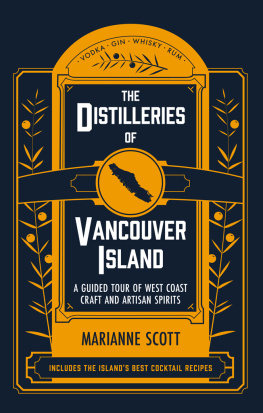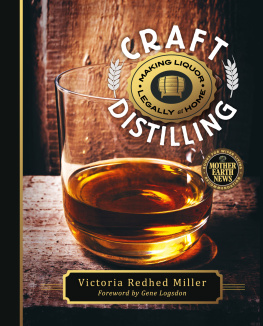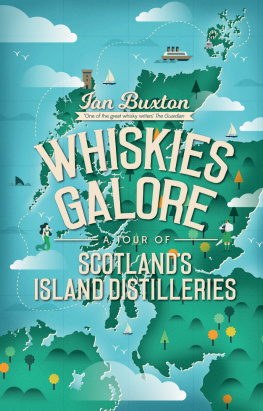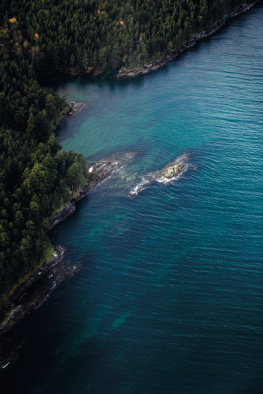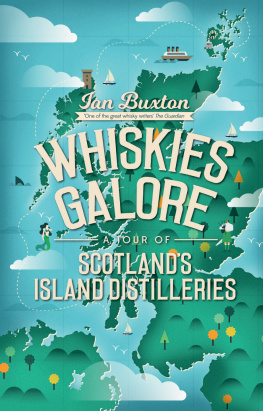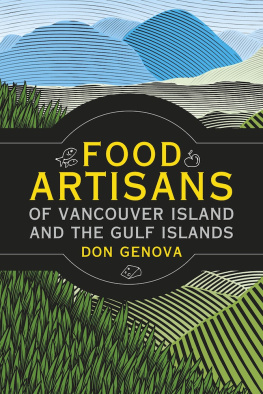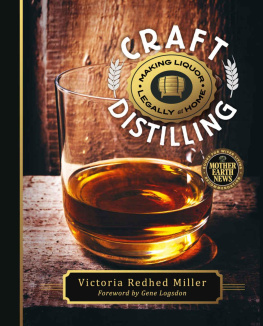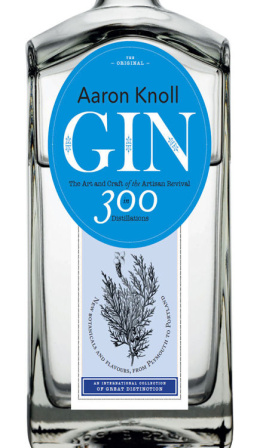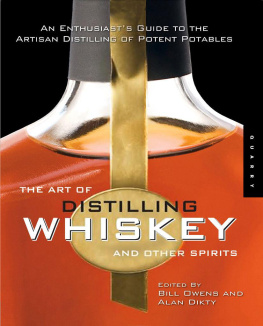Copyright 2021 by Marianne Scott
All rights reserved. No part of this publication may be reproduced, stored in a retrieval system, or transmitted in any form or by any means, electronic, mechanical, photocopying, recording, or otherwise, without the prior written permission of the publisher. For more information, contact the publisher at:
TouchWood Editions
touchwoodeditions.com
The information in this book is true and complete to the best of the authors knowledge. All recommendations are made without guarantee on the part of the author or the publisher.
Edited by Meg Yamamoto
Interior design by Sydney Barnes
Except where otherwise indicated, photos appear courtesy of the author.
CATALOGUING INFORMATION AVAILABLE FROM LIBRARY AND ARCHIVES CANADA
ISBN 9781771513326 (softcover)
ISBN 9781771513357 (electronic)
TouchWood Editions acknowledges that the land on which we live and work is within the traditional territories of the Lkwungen (Esquimalt and Songhees), Malahat, Pacheedaht, Scianew, TSou-ke and WSNE (Pauquachin, Tsartlip, Tsawout, Tseycum) peoples.
We acknowledge the financial support of the Government of Canada through the Canada Book Fund and of the Province of British Columbia through the Book Publishing Tax Credit.

25 24 23 22 21 1 2 3 4 5
To all the Vancouver Island and Gulf Islands spirit entrepreneurs who generously shared their time and tipples

Sheringham Distillery, Sooke
Macaloneys Caledonian Distillery & Twa Dogs Brewery, Victoria
Moon Distillery, Victoria
Phillips Fermentorium Distilling Company, Victoria
Spinnakers, Victoria
DEVINE Distillery & Winery, Saanichton
Victoria Distillers, Sidney
Merridale Cidery & Distillery, Cobble Hill
Goldstream Distillery, Duncan
Stillhead Distillery, Duncan
Ampersand Distilling Company, Duncan
Salt Spring Shine Craft Distillery, Salt Spring Island
Sweetwater Distillery, Salt Spring Island
Arbutus Distillery, Nanaimo
Bespoke Spirits House, Parksville
Misguided Spirits Craft Distillery, Parksville
Tofino Distillery, Tofino
Pacific Rim Distilling, Ucluelet
Island Spirits Distillery, Hornby Island
Wayward Distillery, Courtenay
Shelter Point Distillery, Campbell River
INTRODUCTION
IT WAS IN 2016 THAT I FIRST BECAME
aware of the craft and artisan distilleries proliferating on Vancouver Island, where I live. I visited Victoria Distillers, whose stills had just moved to the Sidney waterfront. The spacious tasting room with its large expanse of windows offers an enthralling view of the Gulf and San Juan Islands with a snow-covered Mount Baker towering in the distance. The copper-and-stainless-steel stills surge toward the ceiling. The master distillers offer tours and tell spirit lovers how the company makes its vodka, gins, oaken gin, and chocolate liqueur, among other elixirs. It was my introduction to the process of distillingthe multiple steps it requires and the art and science behind it.
During the tour, Master Distiller Leon Webb held a cup under the spout of one of the stills. We sniffed the clear liquid with its potent scentit was way too strong to drink. Its the last bit of gin weve just distilled, Webb told us. The distilled product is made up of heads, hearts, and tails. Only the heart, the middle of the distilled liquid, is drinkable. Youll sample some form of that in the tasting room. (In Great Britain, the heads are often called foreshots, and the tails, feints.)
At Victoria Distillers, though, all three parts of the distillate are used. The first part, the heads, contains toxic methanol and is recycled as biofuel; the last part, the tails, is redistilled in the next batch. Other distillers have different methods of reusing or disposing of the distillates undrinkable components.
A year later, I went on the road and visited the nine other craft and artisan distilleries on Vancouver Island, describing their operations and products in an article for British Columbia Magazine. I learned much more about the distilling process, how the producers decided to become spirit entrepreneurs, what they selected as their base ingredients, and how they strive to make their liquors unique. I was charmed by the ardour these entrepreneurs bring to their spirited craft. I acquired a taste for the yeasty, heady scents of fermenting grains, wine, fruit, and honey.
Since my voyage to those 10 Vancouver Island craft and artisan producers, 11 more distilleries have launched or are launching their enterprises in the regionnow including the Gulf Islands all attempting to engender their own spirits with authenticity and character. More distilleries may be in the planning stage. These entrepreneurs are capitalizing on the movement toward enjoying locally and regionally produced food and drink.
Mass-produced foodstuffs dont offer the same freshness and innovative taste often found in handmade artisan fare. Its one of the reasons craft brewers and craft distillers have developed a following: their beverages arent concocted in colossal, computer-controlled megafactories, which tend to produce uniform, standardized-tasting liquor. Experimentation with different ingredients and flavourings to fashion distinct tipples can be achieved only in small-batch distilleries using the distillers ingenuity.
HOW I APPROACHED THIS BOOK
In The Distilleries of Vancouver Island, I tell you a lot about the distillers themselves, along with their products. I describe how they became interested in their craft, their formal or informal educational background in spirit making, their views on what makes their techniques and products unique, their dedication to sustainability, their family support and involvement, and their business plans and coworkers.
The British Columbia craft and artisan distillery industry is young. The two oldest small-batch distilleries, Merridale Cidery & Distillery and Victoria Distillers, obtained their licences in 2007. Specific craft distilling licences became available only in 2013, when BC updated parts of its liquor laws. Thus the distillers are taking a risk in a new industry, one that doesnt offer many blueprints for success, and that requires significant investment.
Yet these craft and artisan distillers have taken the gamble, even with few role models to emulate. They are creating jobs for themselves. They support the local economy by generating employment and paying taxes. They encourage agri-tourism. They are devoted to the sustainability of locally grown ingredients, with short delivery routes. I hope their stories will inspire others to become spirit entrepreneurs and serve as role models.
HOW ALCOHOL DISTILLATION WORKS
The process for producing ethanolthe distillation process separates alcohol from water using evaporation and condensation. Ethanol, also known as ethyl alcohol, grain alcohol, pure alcohol, or neutral spirits, is the basic liquid needed to make all high-alcohol-content beveragesits the stuff that ends up in all liquors and liqueurs made in the world. To produce ethanol is a step-by-step process that demands all the art and science a distiller can marshal.

